The firing of the on-board propulsion system on Friday evening brought the Chandrayaan 2 very close to the final 100×100 km circular orbit, where the orbiter will remain for a year studying the lunar terrain, the thin atmosphere around the moon, lunar ionosphere, and minerals on the moon.
Scientists at Indian Space Research Organisation (Isro) will have to perform just one more orbit-lowering manoeuvre on September 1 to reach the orbit.
The spacecraft was brought to 124×164 km orbit by firing the propulsion system for 1,155 seconds at 06:18 pm on Friday.
“All the spacecraft parameters are normal,” Isro said in a statement.
The next milestone for the mission will be on September 2 when the lander-rover will separate from the orbiter. Both the modules would be separately operated from the control room after the separation.
This is crucial as this will be the first time the indigenously developed lander-rover will work in space.
“As the day for the landing nears, the anxiety here is only increasing. This is because till now we have been operating the propulsion system of the orbiter, but after the separation, on September 2 we will start operating the orbiter and the lander separately. The lander technology and the powered descent is something that Isro will be doing for the first time,” Isro chairperson K Sivan had said after the spacecraft entered the lunar orbit.
After the separation, the scientists will test the propulsion system on the lander by firing it for 3 seconds on September 3. The next day, the actual orbit lowering manoeuvre will be done for 6.5 seconds to bring the lander-rover to a 100x35km orbit.
The space agency will attempt the soft landing on the moon on September 7 at 01:40 am. The lander-rover will take “15 terrifying minutes” to descend near the south pole of the moon.
India will be the fourth country, after Russia, Japan and China, to land on the moon, and the first to do so close to the south pole.

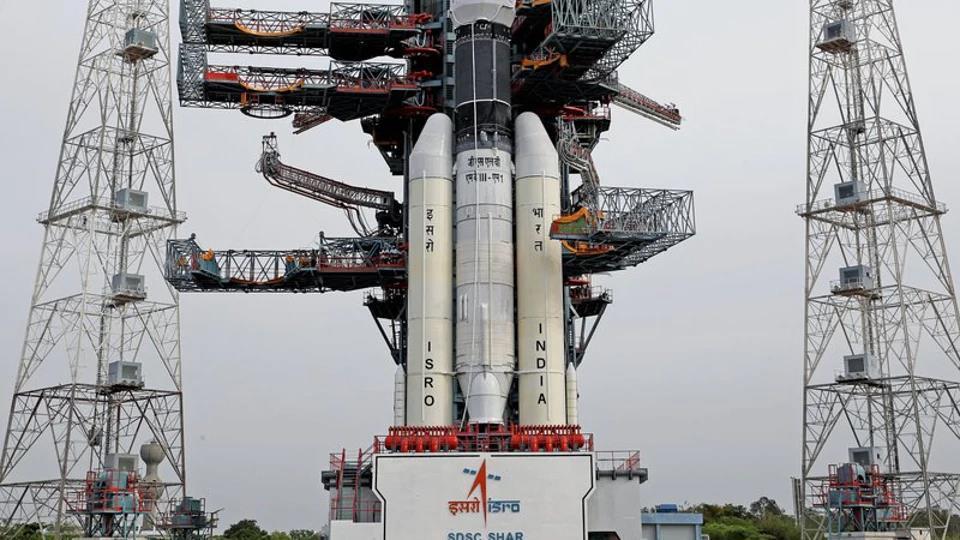
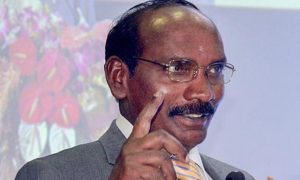



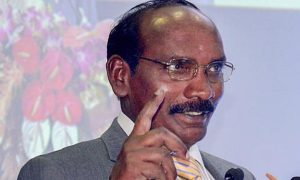

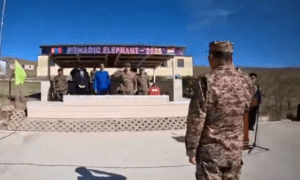

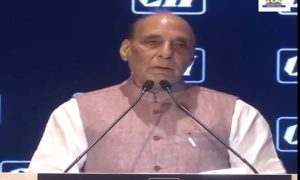



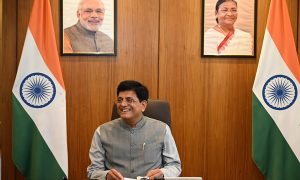



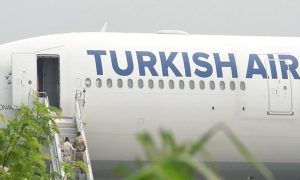



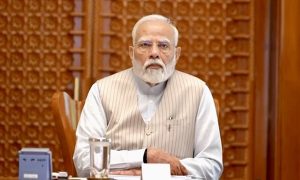

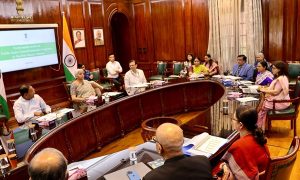



 WhatsApp us
WhatsApp us